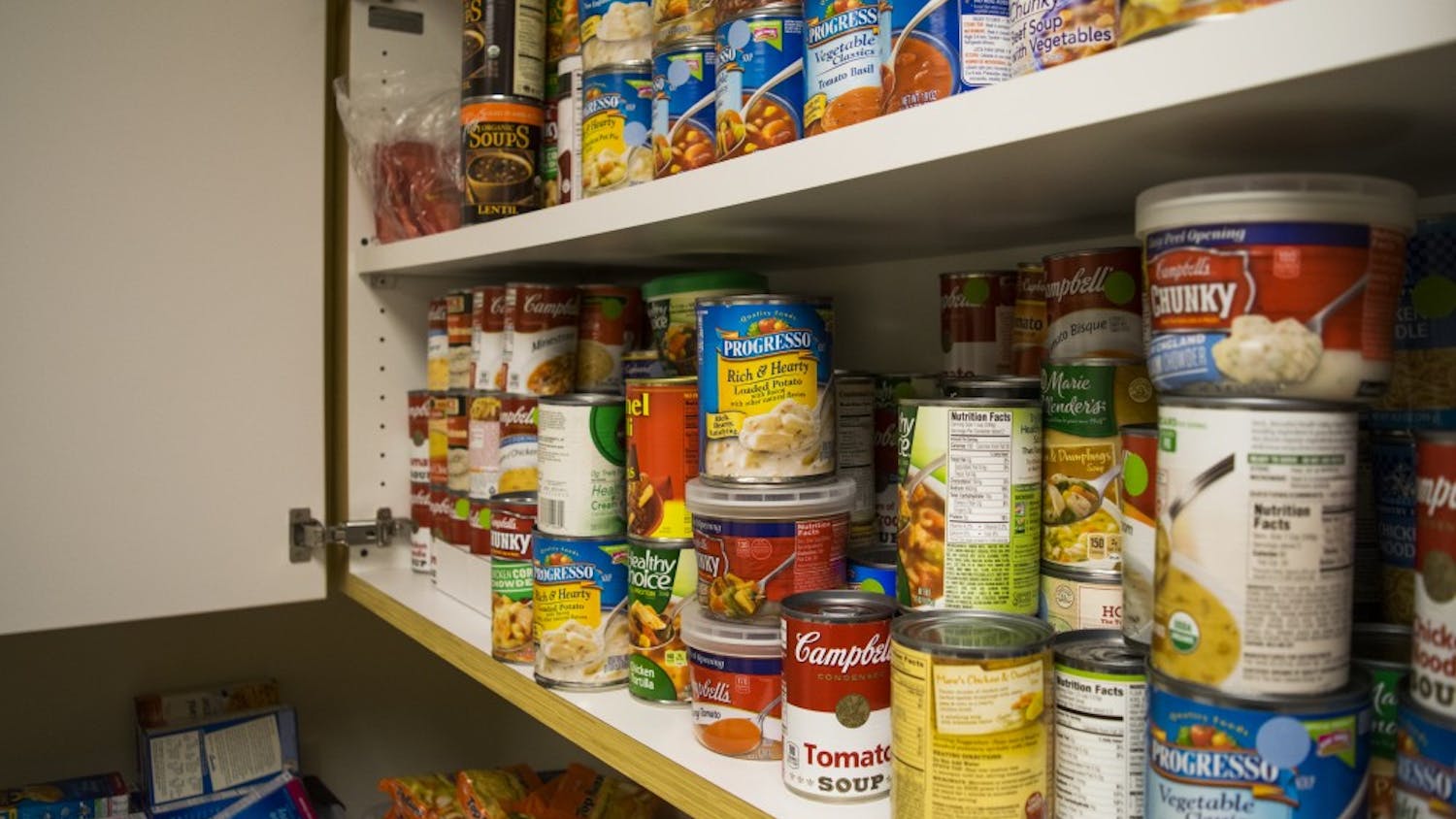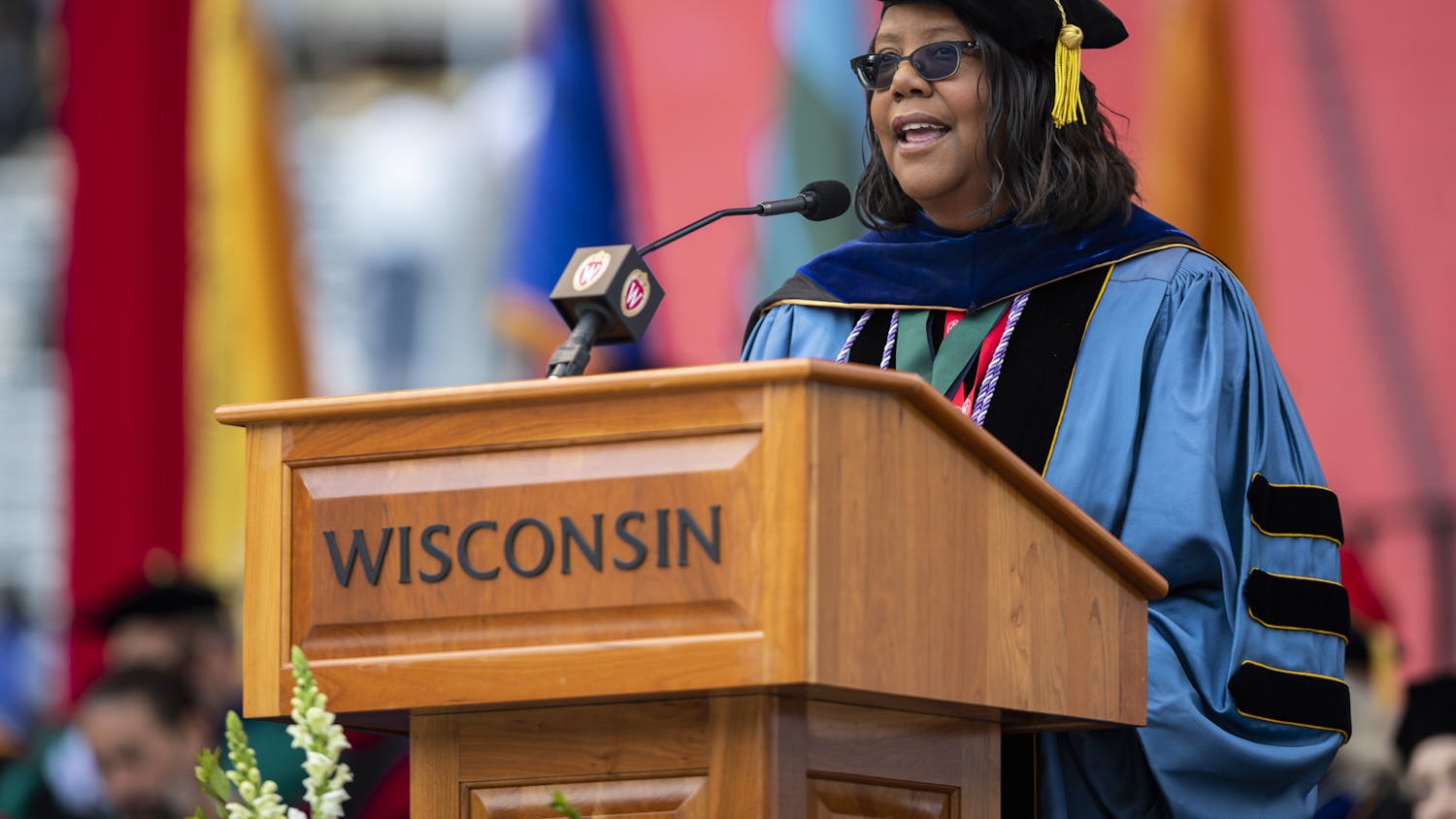Earlier this month, Mayor Dave Cieslewicz wisely gave up on his once-determined effort to create a streetcar system. Cieslewicz intended for the streetcars to ease Madison's growing congestion, a significant problem on the isthmus, but the plan met political congestion due to public disagreement and rising cost estimates.
Fortunately, the mayor's good intentions live on through the proposed local commuter rail system.
Last spring, this editorial board called for Cieslewicz to drop his proposal and get on board with Transport 2020's regional commuter rail plan, which provides more economic benefits for the county and the same citywide benefits formerly offered by streetcars.
The proposed commuter rail is beneficial not only to those who live in downtown Madison, but also to those who live in the growing areas surrounding the city.
The spirit of the streetcars will not be lost: The proposed route for the commuter rail still provides local transportation within the isthmus. The commuter rail mitigates congestion due to increased cars, bikes and other pedestrian traffic, as well as the public parking shortage - all problems Cieslewicz thought streetcars would mitigate as well.
Although the streetcar plan did not achieve citywide approval, Transport 2020 recently arrived at a locally preferred alternative route for the commuter rail system, a necessary step toward planning the rail.
Another sticking point for the mayor's plan was his proposed payment for the streetcars, which involved using primarily local funding. The commuter rail proposal involves a small county-wide sales tax increase and a significant amount of federal funding through the Federal Transit Administration's New Starts program.
As the mayor moves on to tackle Madison's other issues, he can take comfort knowing that commuter rail can still ease the city's congestion, while serving as a better option for those at the periphery of the city who are in need of a better option for citywide transportation.





